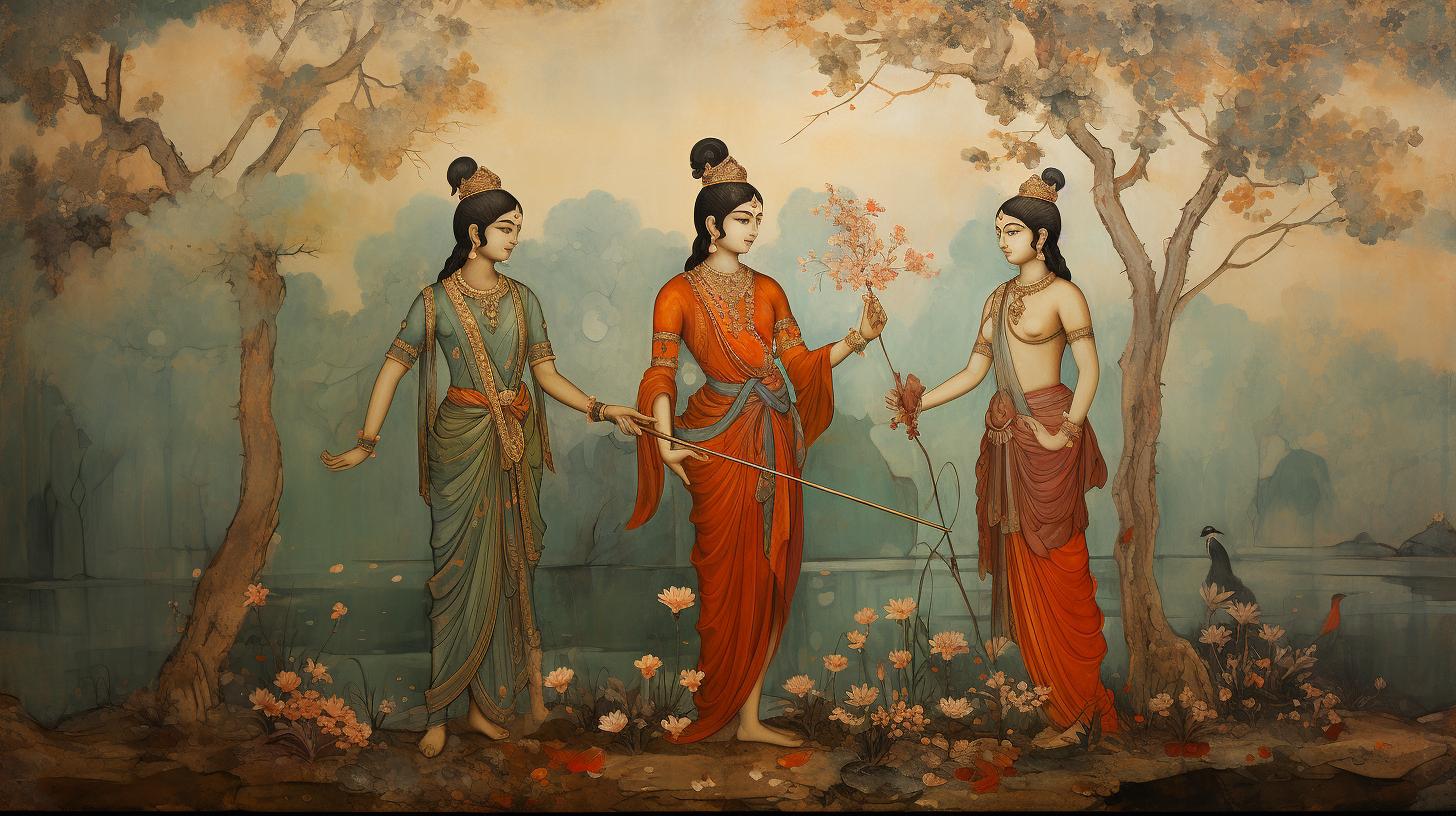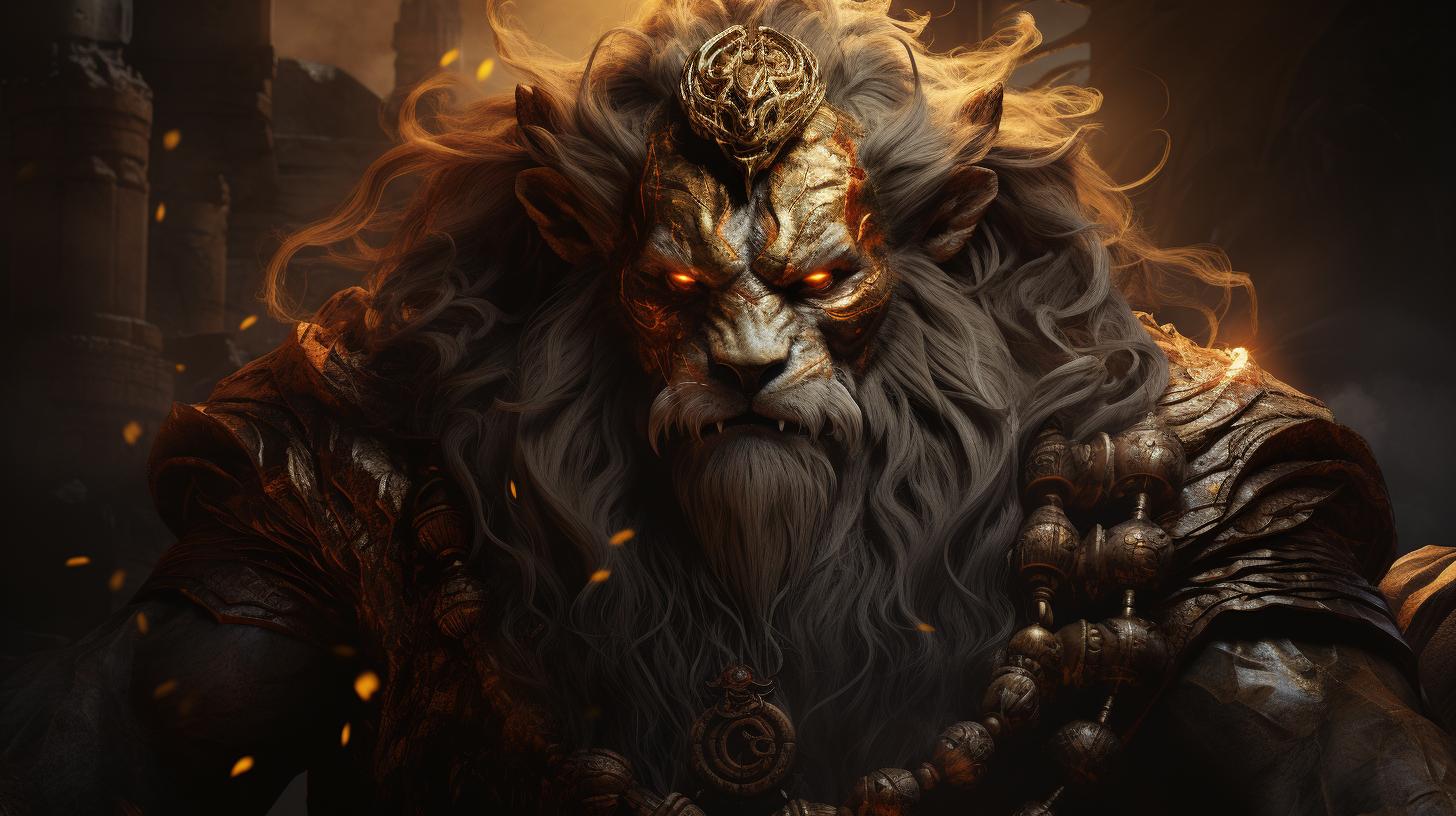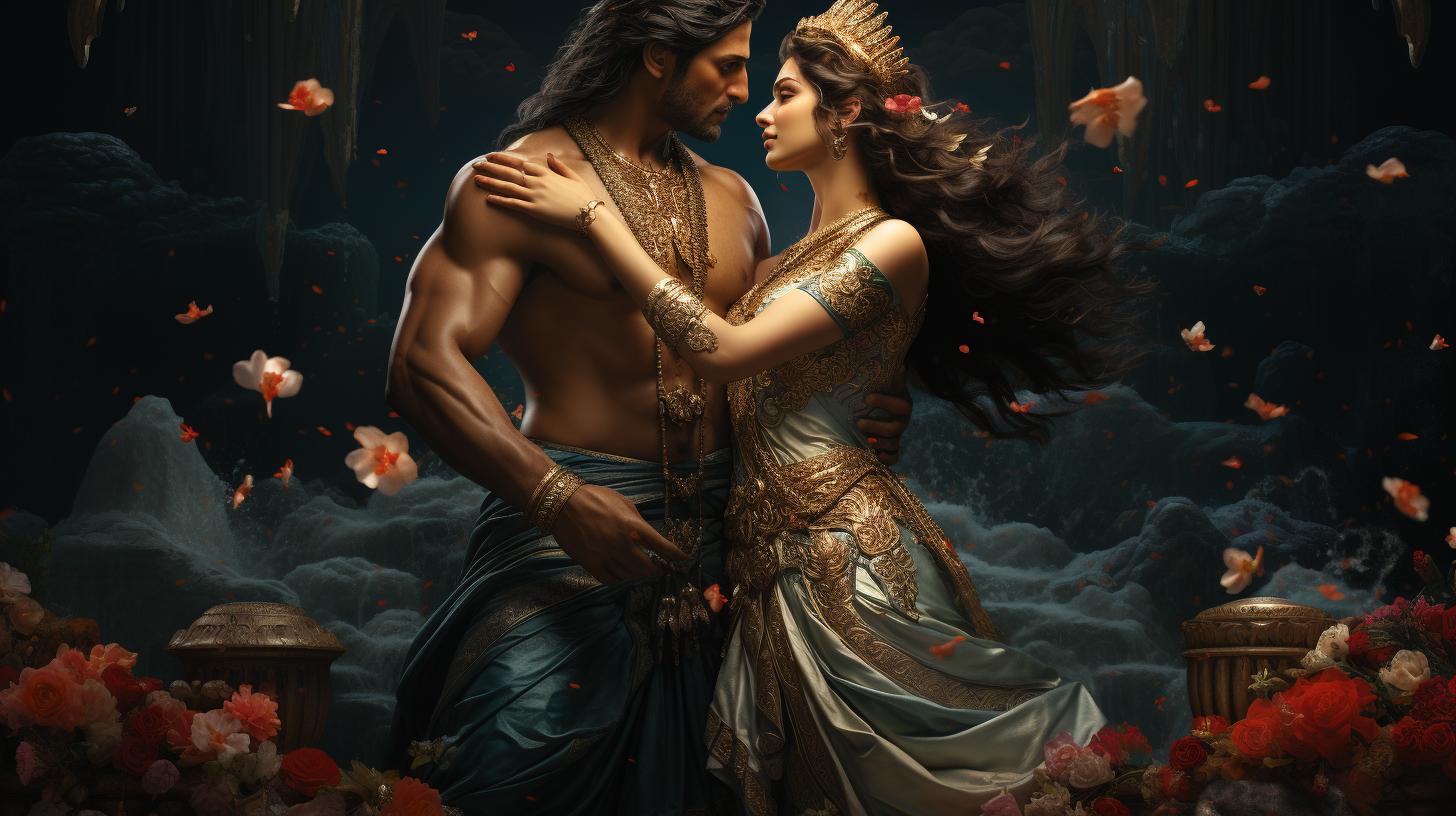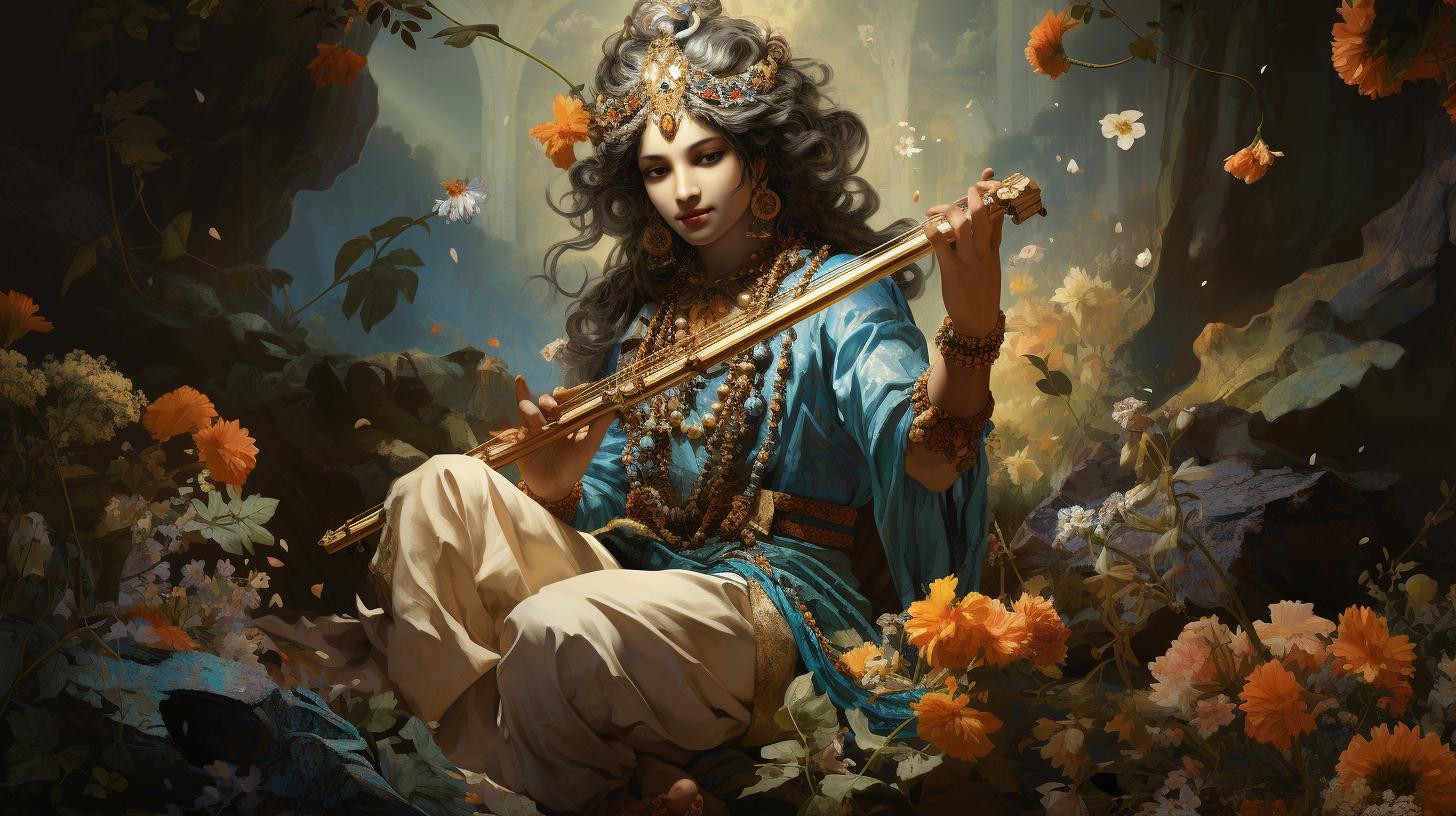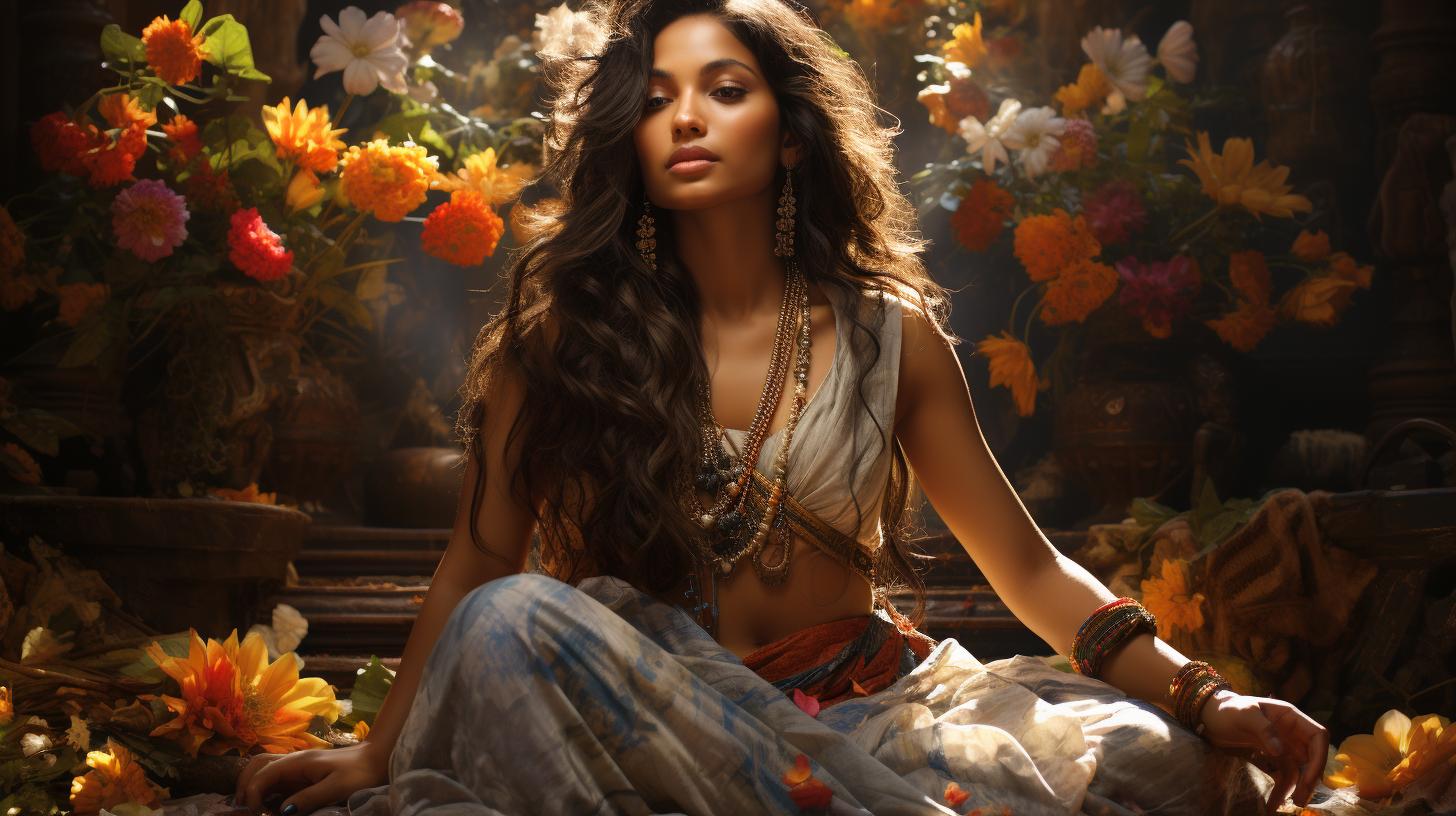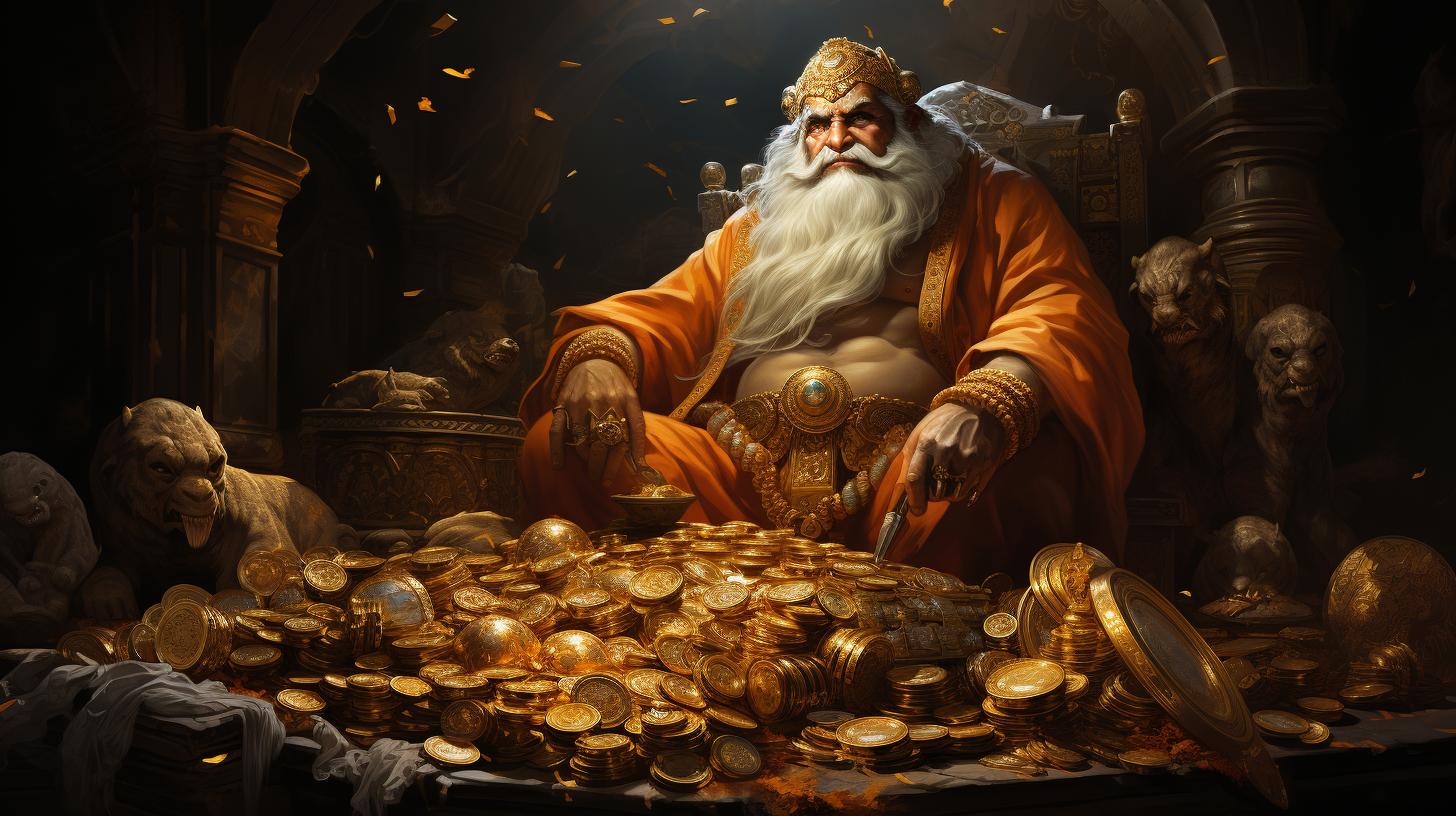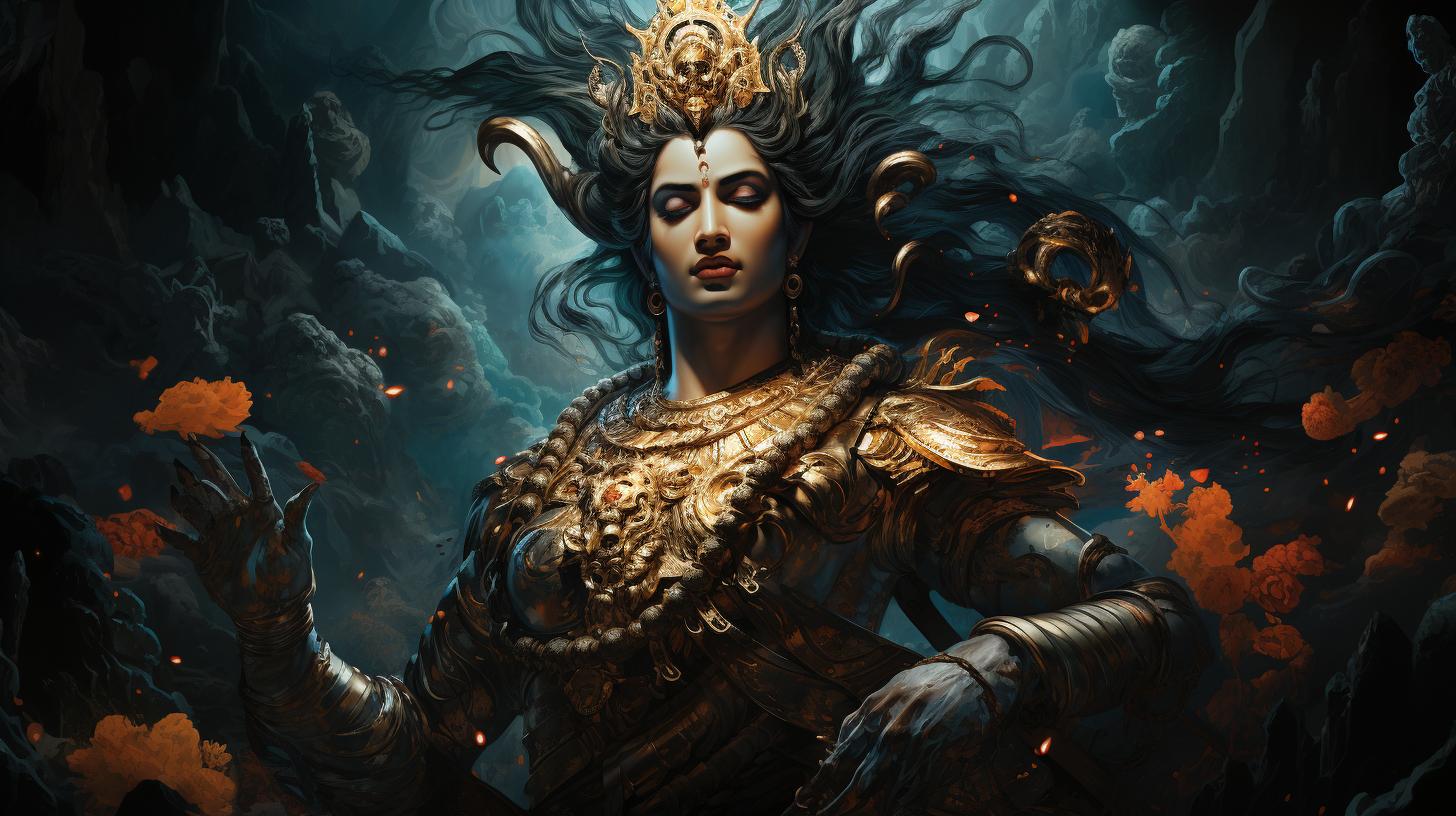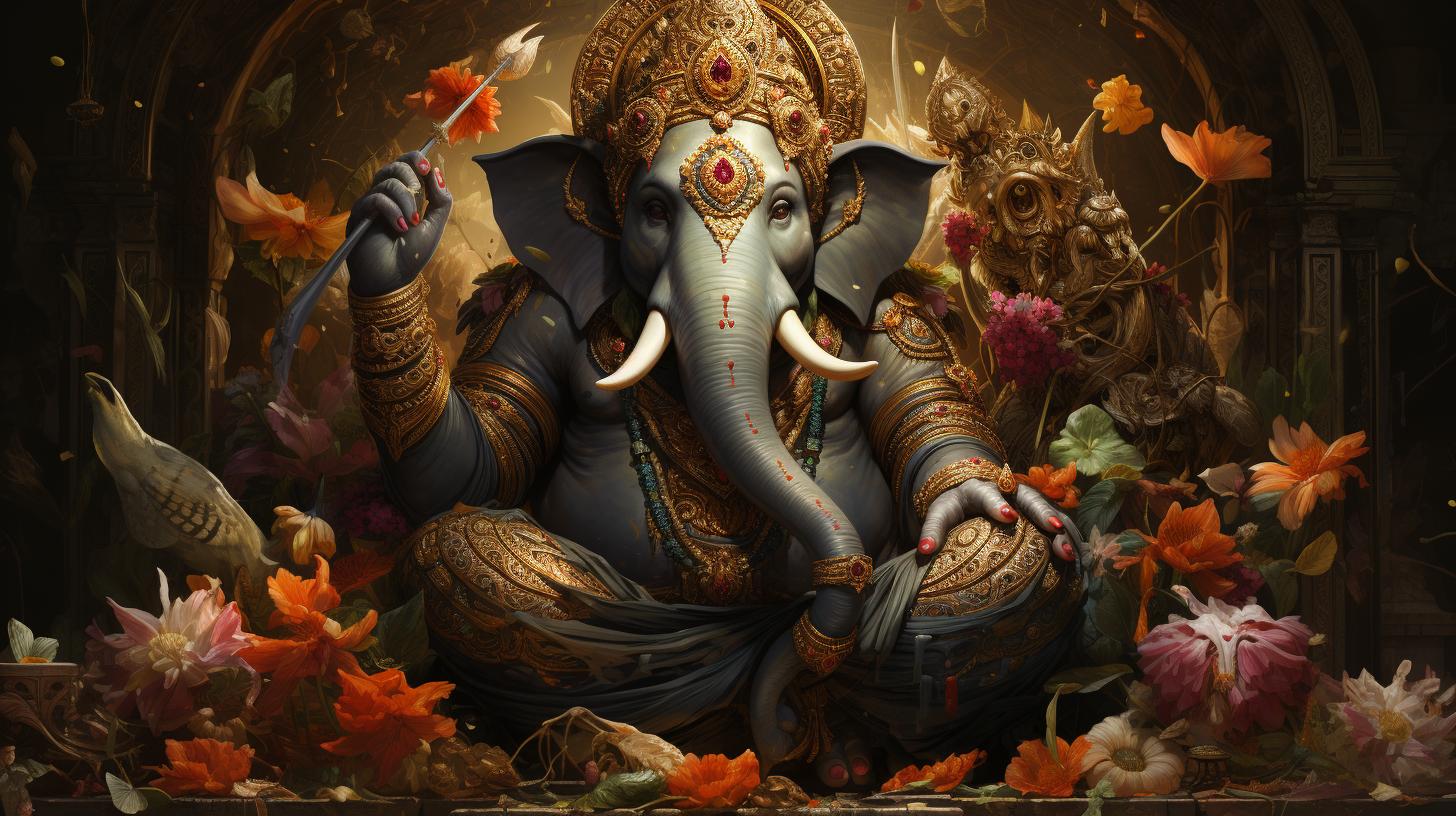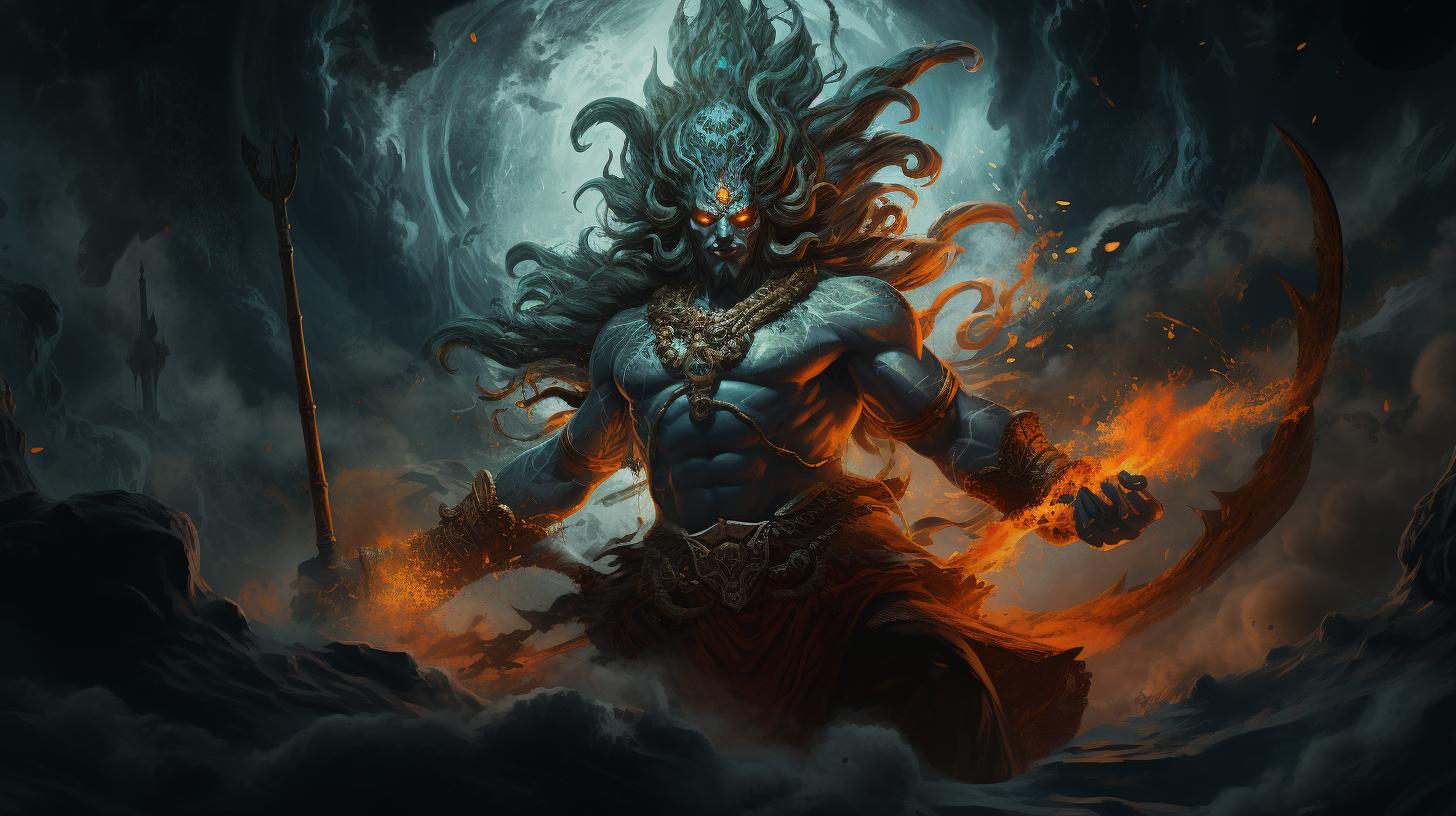‘Rama Indian God: Exploring the Divine Deity in Hindu Culture’
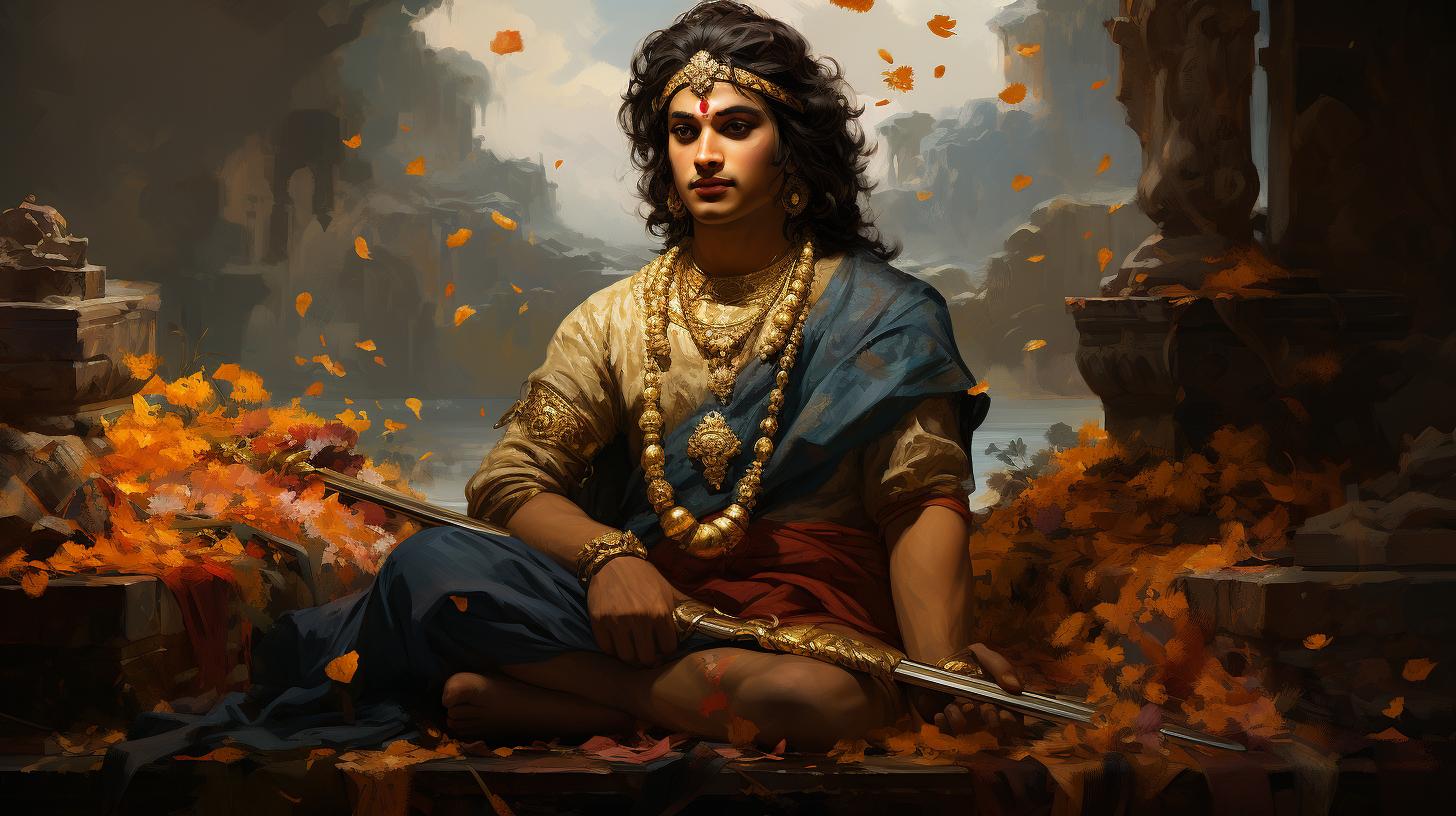
Rama Indian god is a revered deity in Hindu culture. His life and story encompass various aspects, including his birth, marriage to Sita, exile, and encounter with the demon king Ravana. The epic Ramayana holds great significance in portraying Rama’s journey.
As a Hindu deity, Rama is worshipped, and his temples are pilgrimage sites. His influence extends to other religions, and he continues to be relevant in modern society. Explore the captivating tale and enduring legacy of Rama Indian god.
The Life and Story of Rama
Rama, an important deity in Hinduism, possesses a fascinating life filled with captivating events and heroic tales. Let us delve deeper into the different stages of Rama’s life and explore his extraordinary journey.
Birth and Childhood of Rama
Rama’s story begins with his sacred birth into the royal family of Ayodhya. Born to King Dasharatha and Queen Kausalya, Rama was destined to become a symbol of righteousness and virtue.
His divine origins and noble upbringing laid the foundation for the exceptional character he would later embody.
Rama’s Marriage to Sita
One of the most renowned aspects of Rama’s life is his marriage to Sita, an incarnation of the goddess Lakshmi. Their union signifies the eternal bond of love and devotion.
The marriage ceremony was a grand affair, marked by joyous celebrations and blessings from divine entities.
Rama and His Brother Lakshmana
Lakshmana, Rama’s devoted younger brother, played a pivotal role in his life. Together, they embarked on numerous adventures and faced various challenges. Lakshmana’s unwavering support and unwavering loyalty to Rama symbolize the importance of sibling bonds and duty.
Rama’s Exile to the Forest
Rama’s destiny took an unexpected turn when he was forced into exile due to a series of political intrigues. Despite the hardships of forest life, Rama embraced his exile with grace and humility, showcasing his unwavering commitment to fulfilling his obligations and righteous duties.
Rama’s Encounter with Ravana
The most renowned episode in Rama’s life is his epic battle against the demon king Ravana. Driven by Ravana’s deceitful abduction of Sita, Rama set forth on a perilous journey to rescue his beloved wife.
This legendary encounter highlights Rama’s bravery and unwavering determination to defeat evil forces.
Rama’s Victory and Return
After a fierce battle, Rama emerged victorious over Ravana, demonstrating his divine prowess and righteous path. With his victory, he rescued Sita and returned triumphantly to Ayodhya, where the people rejoiced, welcoming their beloved prince and princess back home.
The Epic of Ramayana
The Ramayana is an ancient Hindu epic that holds significant importance in Indian mythology. It narrates the extraordinary journey of Rama, showcasing his virtues and fortitude. Here, we delve into the overview and significance of Ramayana, exploring its original text written by Valmiki, as well as its interpretations and adaptations over time.
Overview and Significance of Ramayana
The Ramayana, composed of 24,000 verses, illustrates the adventures of Rama, Sita, and the vanara (monkey) warrior Hanuman. It serves as a moral and social guide by depicting the triumphs of righteousness over evil, the significance of duty and loyalty, and the consequences of one’s actions.
Valmiki’s Ramayana: The Original Text
Valmiki’s Ramayana is considered the foundational text of the epic. Composed in Sanskrit, it presents a comprehensive and detailed account of Rama’s life, his primary role as the ideal ruler, and the various relationships and challenges he encounters throughout his journey.
Interpretations and Adaptations of Ramayana
Over the centuries, the Ramayana has inspired numerous interpretations and adaptations, showcasing its enduring relevance and universal appeal. Scholars, poets, and playwrights have created their own versions in different languages and cultural contexts, offering diverse perspectives on the timeless themes and characters of the epic.
- Regional Variations: The Ramayana has been adapted to reflect regional traditions and beliefs across India, resulting in variations in storytelling styles, characters, and plot elements.
- Performing Arts: The epic has been brought to life through various performing arts forms, including dance, theater, and puppetry, captivating audiences with its enchanting narratives and captivating visuals.
- Literature and Films: Ramayana continues to inspire literary works and cinematic adaptations, reaching a wider audience and keeping the legend of Rama alive in the popular imagination.
Through its rich storytelling and profound moral teachings, the Ramayana remains cherished as a cultural treasure, guiding generations with its timeless wisdom and inspiring devotion to Rama, the epitome of virtue.
Rama in Hinduism and Indian Culture
Rama holds a significant place in Hinduism and plays an integral role in Indian culture. Let’s explore different aspects of Rama’s presence and influence in Hinduism and Indian society.
Rama as a Hindu Deity
Rama is revered as a divine deity in Hinduism.
He is considered an incarnation of Lord Vishnu, embodying virtues such as righteousness, virtue, and honor. Devotees worship Rama as an ideal figure of devotion, morality, and dharma (righteousness).
Rama in Hindu Religious Practices
Devotion to Rama is deeply rooted in Hindu religious practices.
His name is recited in hymns, prayers, and chants, with devotees seeking his blessings for spiritual growth, protection, and fulfillment of desires. Rama’s stories and teachings serve as a moral compass, guiding followers on the path of righteousness.
Rama’s Temples and Pilgrimage Sites
The reverence for Rama has led to the construction of numerous temples dedicated to his worship across India. Prominent temples like the Ramanathaswamy Temple in Rameswaram and the Ayodhya Ram Janmabhoomi attract millions of devotees annually.
These temples serve as pilgrimage sites where devotees offer their prayers and seek Rama’s blessings.
Pilgrims also visit significant locations associated with Rama’s life, such as the Chitrakoot, Panchavati, and Hampi, which carry immense religious and historical significance.
Rama in Indian Art and Literature
Rama’s influence extends to Indian art and literature, where he is prominently depicted in paintings, sculptures, and literary works. Artists and poets have beautifully portrayed Rama’s divine persona, his heroic deeds, and the moments from his life.
The Ramayana, an epic poem that narrates Rama’s story, is considered one of the greatest works of Indian literature.
Art forms like miniature paintings, temple murals, and dance-drama performances like Ram Lila showcase Rama’s tales, captivating audiences and deepening their connection to this revered deity.
Discovering Rama in Hinduism and Indian culture provides a profound insight into the religious practices, devotion, and artistic expressions that embody the essence of this divine figure.
Rama’s Influence and Legacy
Rama’s Significance in Hinduism
Rama holds immense importance in the Hindu religion.
As the seventh incarnation of Lord Vishnu, he represents the ideals of righteousness, duty, and compassion. Rama’s unwavering devotion to his dharma (duty) symbolizes the path of righteousness that every Hindu should strive to follow.
His story serves as a moral guide, inspiring individuals to uphold virtuous values and fulfill their responsibilities. Rama is revered as a divine figure who embodies the perfect qualities of a ruler, husband, and son.
His character exemplifies the ideals of sacrifice, loyalty, and honor, making him a role model for Hindus worldwide.
Rama’s Influence on Other Religions
Rama’s influence extends beyond Hinduism and has left a significant mark on various other religions. In the Jain tradition, Rama is considered a noble and enlightened soul who exemplifies the virtues of righteousness and non-violence.
Buddhism also recognizes Rama as an important figure, with some Buddhist texts mentioning him as an earlier incarnation of Buddha. Additionally, Rama’s story has found resonance in Sikhism, where his teachings are cherished for their moral and spiritual significance.
The impact of Rama’s character and teachings on these religions showcases the universal appeal of his timeless message of righteousness and virtue.
Rama’s Relevance in Modern Society
Even in the modern era, Rama continues to be an influential and revered figure in Indian society. His story transcends religious boundaries and has become an integral part of India’s cultural fabric.
Rama’s tale has been retold through various art forms, literature, music, and theater, connecting people across generations. His principles of righteousness, empathy, and justice hold relevance in contemporary society, inspiring individuals to lead moral lives and adhere to their duties.
Rama’s character serves as an embodiment of strength, wisdom, and resilience, making him a source of inspiration for personal growth and societal harmony.
- Rama’s importance in Hindu religious rituals and festivals.
- The construction and significance of Rama temples.
- The celebration of Rama Navami and its cultural significance.
- Rama’s portrayal in Indian paintings, sculptures, and other art forms.
In conclusion, Rama’s influence and legacy extend far beyond the realm of Hinduism.
His significance in Hindu religious practices, influence on other religions, and continued relevance in modern society demonstrate the enduring impact of his teachings and character. Rama’s timeless message of righteousness, duty, and compassion continues to inspire and guide people on a virtuous path.
.

